Resources
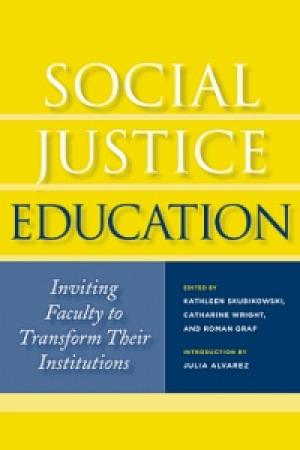
This book grew out of a project – involving deans and directors of teaching centers and diversity offices from six institutions – to instigate discussions among teachers and administrators about implementing socially just practices in their classrooms, departments, and offices. The purpose was to explore how best to foster such conversations across departments and functions within an institution, as well as between institutions. This book presents the theoretical framework used, and many of the successful projects to which it gave rise. Recognizing that many faculty have little preparation for teaching students whose backgrounds, culture, and educational socialization differ from theirs, the opening foundational section asks teachers to attend closely to their and their students’ relative power and positionality in the classroom, and to the impact of the materials, resources and pedagogical approaches employed. Further chapters offer analytical tools to promote inquiry and change. The concluding sections of the book demonstrate how intra- and inter-institutional collaborations inspired teachers to rise to the challenge of their campuses’ commitments to diversity. Among the examples presented is an initiative involving the faculty development coordinator, and faculty from a wide range of domains at DePauw University, who built upon an existing ethics initiative to embed social justice across the curriculum. In another, professors of mathematics from three institutions describe how they collaborated to create socially just classrooms that both serve mathematical learning, and support service learning or community-based learning activities. The final essay by a student from the Maldives, describing how she navigated the chasm between life in an American college and her family circumstances, will reinforce the reader’s commitment to establishing social justice in the academy. This book provides individual faculty, faculty developers and diversity officers with the concepts, reflective tools, and collaborative models, as well as a wealth of examples, to confidently embark on the path to transforming educational practice. (From the Publisher)
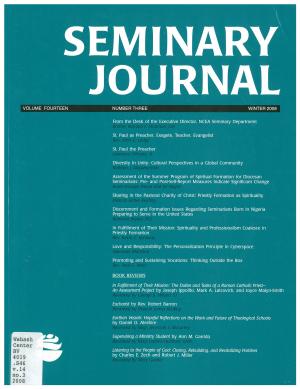
Journal Issue.
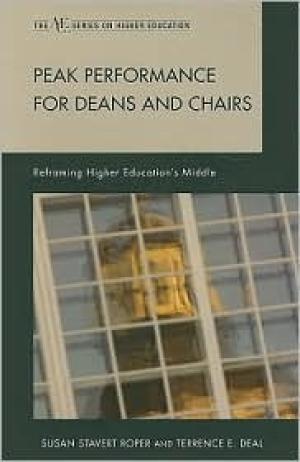
This book analyzes the behavior of chairs and deans through the political, structural, human resources, and symbolic frames. Lessons learned from the negative as well as the positive scenarios are highlighted, enabling deans and chairs to easily adapt them to their own situations. (From the Publisher)
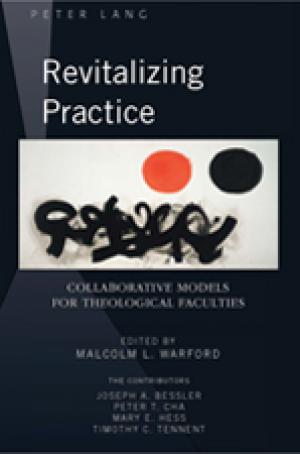
Revitalizing Practice is designed to help theological faculties engage a common set of challenges, particularly in the areas of diversity, formation, and institutional identity. These are not technical problems but are instead the very stuff out of which teaching and learning are practiced. Yet addressing such issues requires intentional strategies and collaborative work. Revitalizing Practice offers four such intentional strategies: «A New Ecology Model», «An Improvisational Model», «An Appreciative Inquiry Model», and «A World Café Model». Each of these models provides a thorough and practical framework (based on sound theoretical concepts) designed to help faculties revitalize their practices of theological teaching and learning. (From the Publisher)
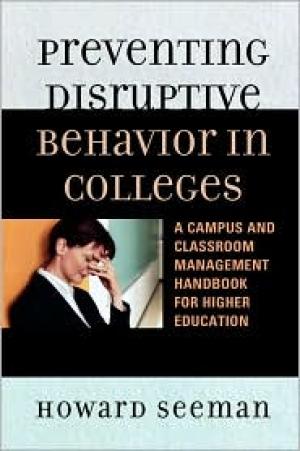
This book helps college instructors not just handle, but prevent these real-life disruptions in higher education so as to not lower learning standards. The book includes guidelines for preventive skills that respect the teaching style of the instructor/professor. Included are: concrete examples of problems and their prevention/solution; help with creating a Course Syllabus that curtails these problems; and training exercises to practice these skills. (From the Publisher)
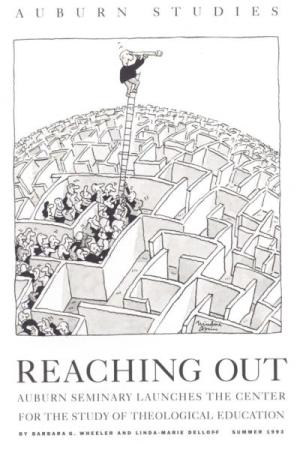
The Center for the Study of Theological Education (CSTE) provides reliable information and perspectives on theological education in North America. It conducts a "cycle of surveys" that revisits segments of theological education--students, graduates, faculty, administrators, trustees, and seminary finances--regularly, in order to track trends over time. CSTE also studies special topics, such as student debt, doctoral education in theology and religion, and the culture of theological schools. Research results are available as issues of the occasional bulletin Auburn Studies or as special background reports. All reports are available on this site in PDF format.  Paper copies of recent reports are available by e-mailing: CSTE@AuburnSeminary.org. Some project results are also available in video format and more will appear in this form in the future. (From the Publisher)
Explores the correlation between religion and liberal education in the U.S. Influence of spiritual or religious practices on student learning; Effect of spirituality on liberal learning; Ways in which religious practices affect learning. INSET: MEASURES OF STUDENT ENGAGEMENT.
Results of the second phase in an ongoing major study of the spiritual lives of college students was released in a report called "The Spiritual Life of College Students." The study was conducted by the Higher Education Research Institute (HERI), a research center of higher education based in the Graduate School of Education & Information Studies (GSE&IS) at the University of California, Los Angeles (UCLA). It is a groundbreaking attempt to gain insight into the spiritual lives and concerns of students and improve how faculties and administrators at US colleges and universities address this part of their students' lives.
One of the most remarkable things about the human consciousness is that each of us has the capacity to observe our thoughts and feelings as they arise in our consciousness. Why shouldn?t cultivating this ability to observe one?s own mind in action,becoming more self aware or simply more "conscious" be one of the central purposes of education? Even a cursory look at our educational system makes it clear that the relative amount of attention that higher education devotes to the exterior and interior aspects of our lives has gotten way out of balance. Thus, while we are justifiably proud of our "outer" development in fields such as science, medicine, technology, and commerce, we have increasingly come to neglect our "inner" development the sphere of values and beliefs, emotional maturity, moral development, spirituality, and self understanding. This growing awareness of the importance of spirituality in higher education was recently underscored by the Templeton Foundation through its award of a $1.9 million grant to UCLA?s Higher Education Research Institute to support a large scale longitudinal study of spiritual development in college undergraduates. A pilot study of 3,700 students enrolled at forty-six colleges and universities was initiated in spring 2003, and a full-scale assessment of 90,000 students enrolling at 150 institutions will be initiated in fall 2004. Perhaps the most important thing to keep in mind about spirituality is that is touches directly on our sense of community. More than anything else, giving spirituality a central place in our institutions will serve to strengthen our sense of connectedness with each other, our students, and our institutions. This enrichment of our sense of community will not only go a long way toward overcoming the sense of fragmentation and alienation that so many of us now feel, but will also help our students to lead more meaningful lives as engaged citizens, loving partners and parents, and caring neighbors.